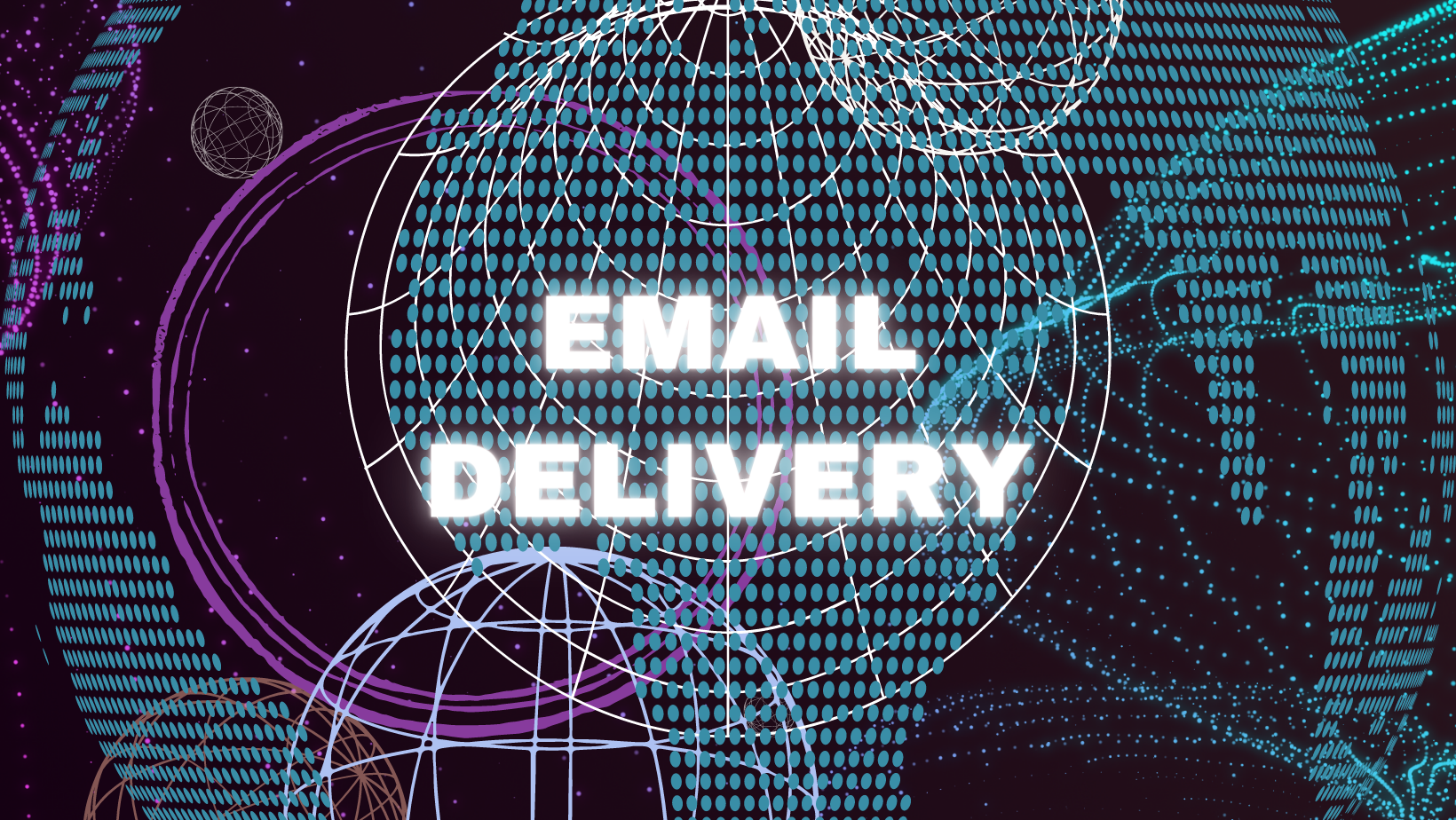No products in the cart.

92% of malware spread through the email system. This is not a surprise if we consider that the email delivery system breaks almost all the rules defined in Zero Trust. Even though there are several ways to apply security policies to email transfer, these methods are not nearly as widely....
Subscribe
Login
0 Comments
